If you race in Assetto Corsa Competizione, read this post to discover the 3 key steps to improve your performance in Assetto Corsa Competizione.
As we all know, Assetto Corsa Competizione (ACC) is among the most comprehensive driving simulators available.
This is because it was developed based on official guidance from the SRO (Stephane Ratel Organisation), the promoter of the GT World Challenge, GT2, and GT4 championships around the world.
The SRO provided Kunos Simulazioni, the development team of ACC, with data from the manufacturers of real GT3/GT4 cars (like Porsche, Ferrari, Audi, Aston Martin, just to name a few).
In practice, these Gran Turismo cars on ACC drive just like they do in real life.

The braking techniques, how the ABS kicks in, the Traction Control, how to accelerate, how much to use the curbs, load transfers, the feelings from the car...
...all these aspects are replicated.
Each GT car has its own behavior and characteristics, just like in reality.
It's no coincidence that real drivers spend many hours training on Assetto Corsa Competizione to prepare for actual races.
They get familiar with the tracks, learn the best racing lines, and study the setups to use.
Such realism also means greater sensitivity and difficulty in mastering and controlling the cars.
For example, even a couple of degrees change in asphalt temperature can affect how a GT3 behaves.
The same goes for the setup, which is very accurately reproduced.
A setup made this precisely means it’s also complex to adjust.
Changing just one parameter can give you a completely different car.
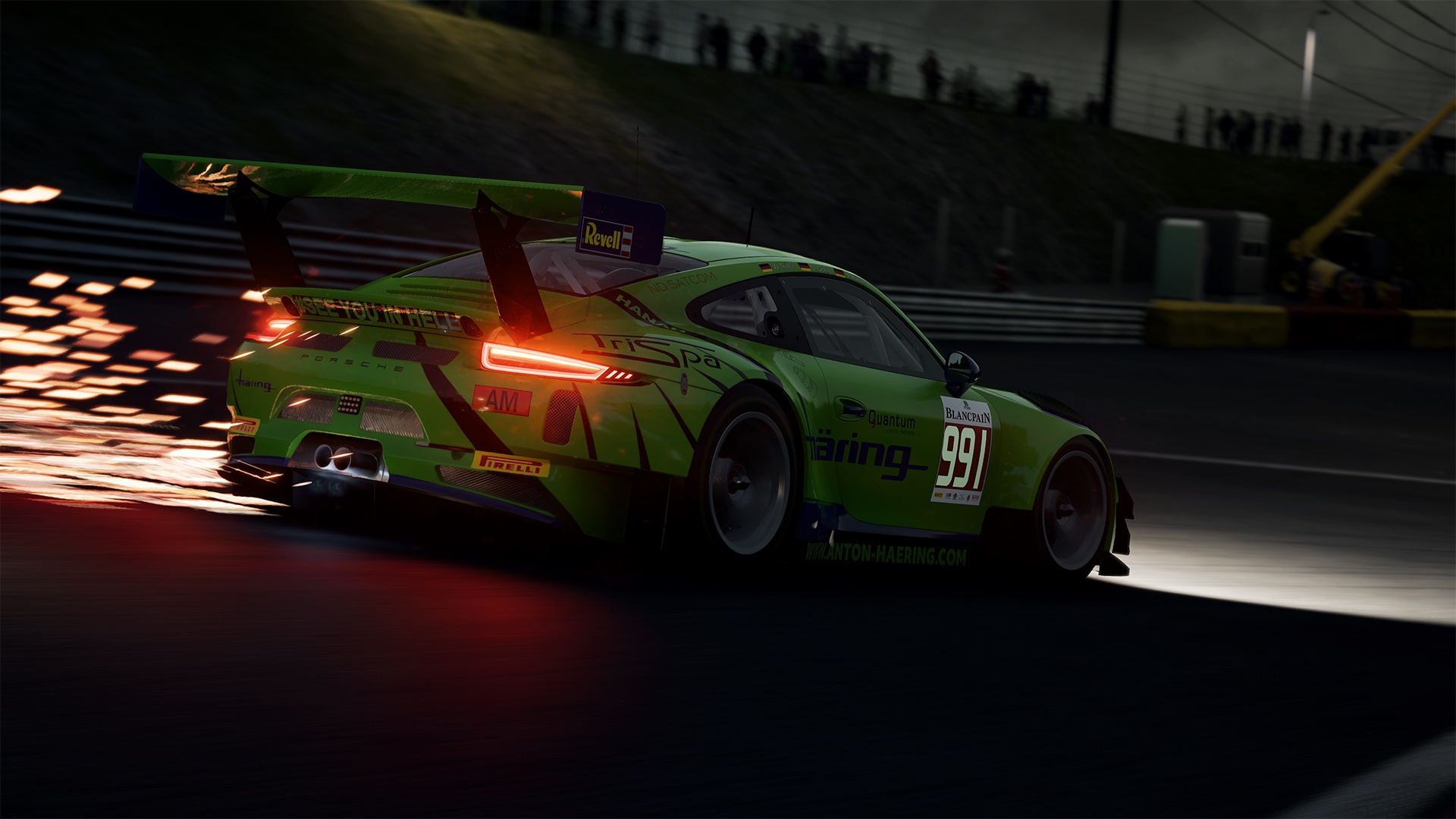
Pushing a GT3/4 to the limit on ACC is challenging.
It takes time, patience, but most importantly, knowledge and skills.
After all, we are talking about simulation, so there are many aspects to manage.
You need to consider driving techniques, setup parameters, and always keep a clear mind, among many, many other details.
You have to take care of every single thing, just like a real driver-mechanic.
That’s why in this article, we at UniSimRacing want to help you by giving you valuable tips in the 3 key steps to improve your performance on ACC.
Let’s get started!
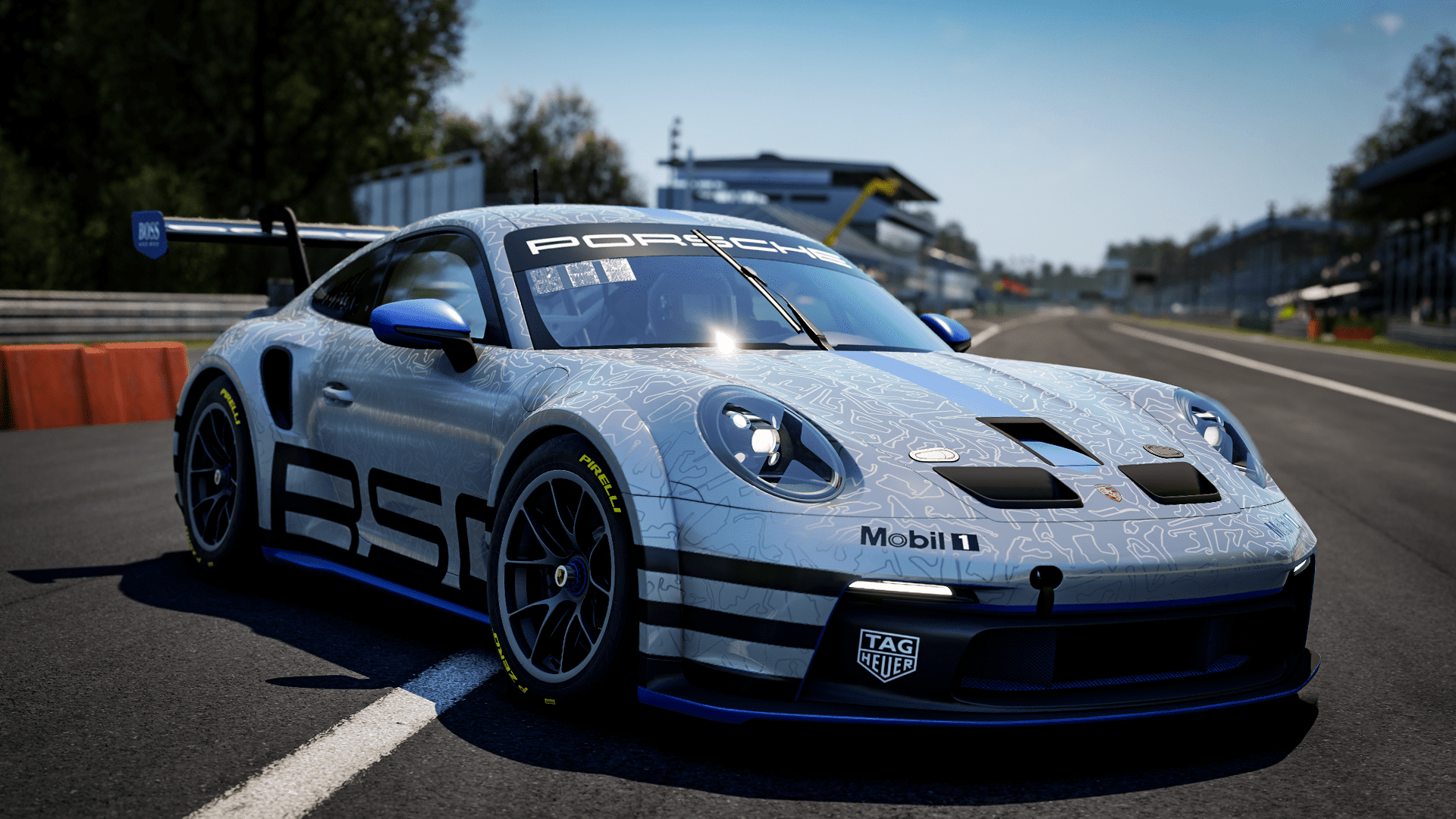
1st STEP: Driving Techniques
Let's start with driving techniques.
We sim racers have our own driving style, just like real drivers.
But what is a driving style?
It's how we express ourselves as drivers: how we brake, steer, take corners, accelerate, use the curbs and track, etc.
Whether we like a stable or twitchy car, if we prefer corner entry, if we are clean or aggressive.
Driving style is all of these combined, and now we’ll give you some tips to improve your techniques.
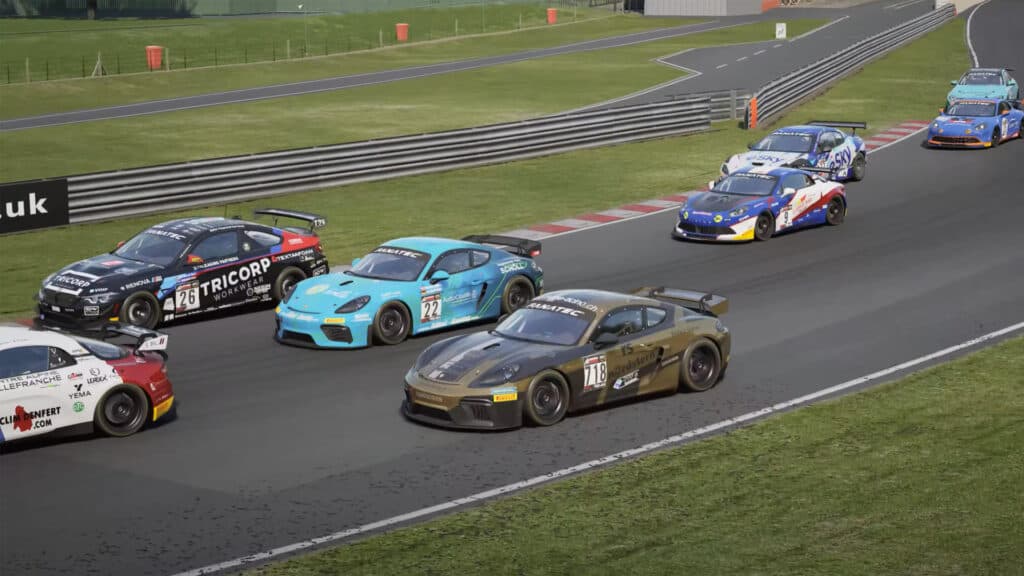
Braking Technique
Braking is a critical phase of driving on track.
If you miss the braking point and go too long or too short, you compromise the entire corner and the subsequent sections.
In the case of a straight, you’ll have traction issues and therefore lower top speed.
Then, in a sequence of corners, you’ll struggle with the connecting lines.
In the best case, you lose tenths or seconds.
Worst, you go off track and crash.
That’s why your fate in one or more corners depends on how you brake.
Generally, braking goes like this:
First, there’s a straight-line phase where you press the brake pedal 100% and keep the wheel straight.
Then, as you enter the corner, you modulate the brake while increasing the steering angle to hit the apex.
This is called trail-braking.
Imagine this type of braking at Monza's Prima Variante or the Bus Stop at Spa-Francorchamps.
There are also brake points where you only need a touch of the brake and then immediately throw it into trail-braking, like Copse at Silverstone.
Brake combined with steering angle.
But remember, the more steering angle you give, the less brake you should apply.
This is because the grip (or traction) of the tires is not infinite.
Imagine having 100 points of grip: these must be shared between braking and steering without exceeding the limit, which often leads to annoying locking.
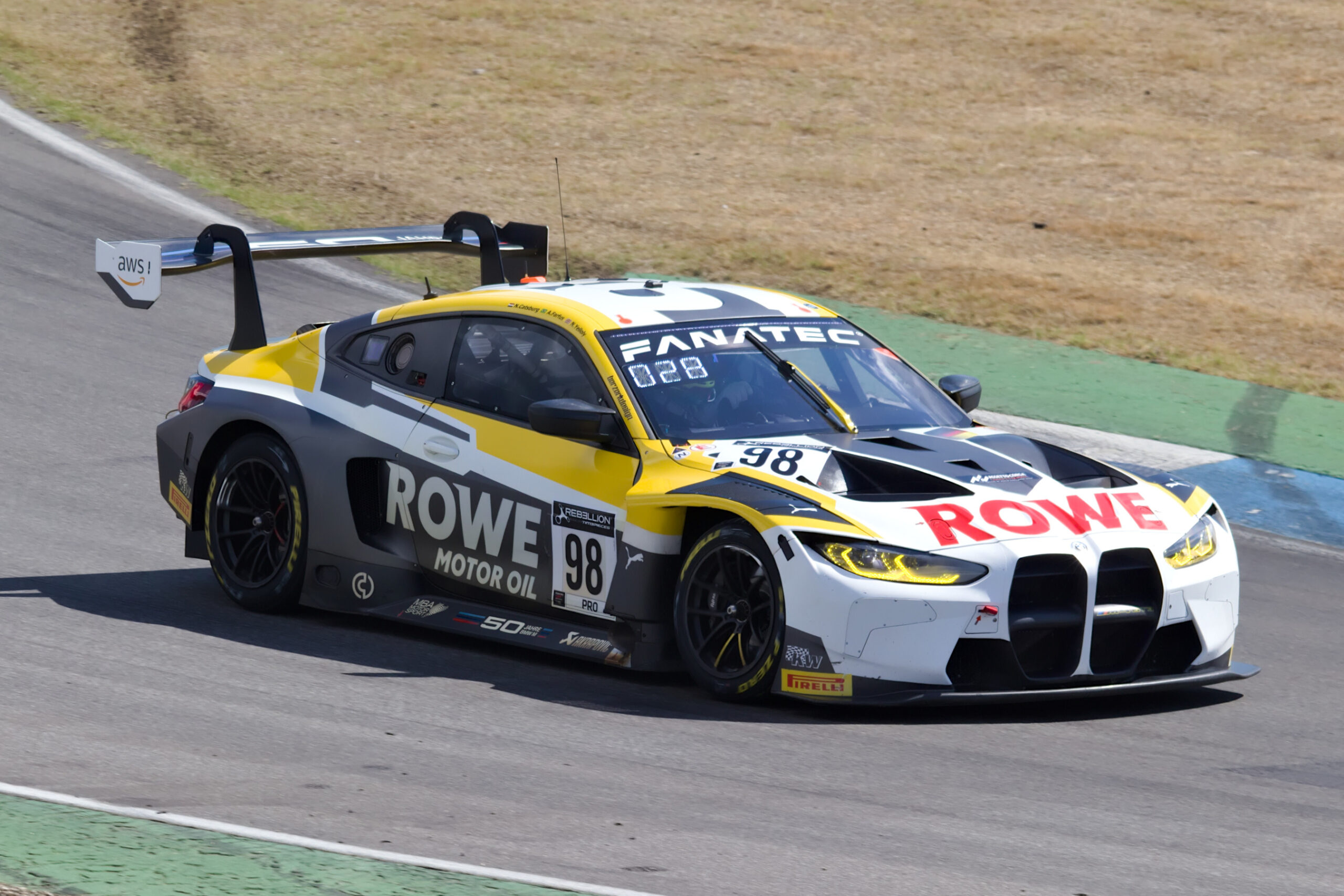
What affects braking technique?
First, the setup, such as ABS parameters and brake balance, and how you set them.
Then the timing in downshifting, like going from fifth/sixth to first at Spa's Bus Stop.
It’s crucial to allow the engine braking to help slow down the car further.
It's useless and impossible to downshift like a mad bullet.
Each car has an engine rev limit for gear changes.
If you downshift beyond that range, the gear won’t engage.
Instead, downshift sparingly, giving a moment between each shift.
Listen to your car’s engine, watch the rev counter, and you’ll know when to downshift.
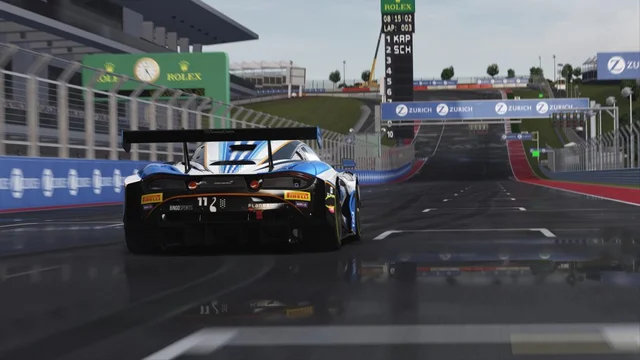
Traction Technique
Traction is vital on corner exit because it gives you more speed on the straights.
Typically, with GT cars, you can apply throttle more quickly than in a Formula 1 car.
Apply throttle, catch the car with the accelerator pedal while straightening the wheel on corner exit.
But be mindful of track bumps, tire wear, and how you set up the car, as oversteer and wheel spin are always lurking.
Also, remember each car has its own characteristics, so some may be more unstable than others during acceleration, like the Porsche 911 II GT3.
Using the Track
Using the track fully is crucial for achieving fast lap times.
By track, we also mean the curbs and all the outer parts on corner exit.
Not to mention the banking in corners, the lateral gradient variation from the inner to the outer part of the road.
An example of banking corners are Lesmo 1 and 2 at Monza.
These elements must be used to generate grip, keep the car glued to the tarmac, and exit like a rocket.
On corner entry-exit, widen out, take every centimeter the track gives you: it’s a big help for traction and will save you precious tenths on lap time.
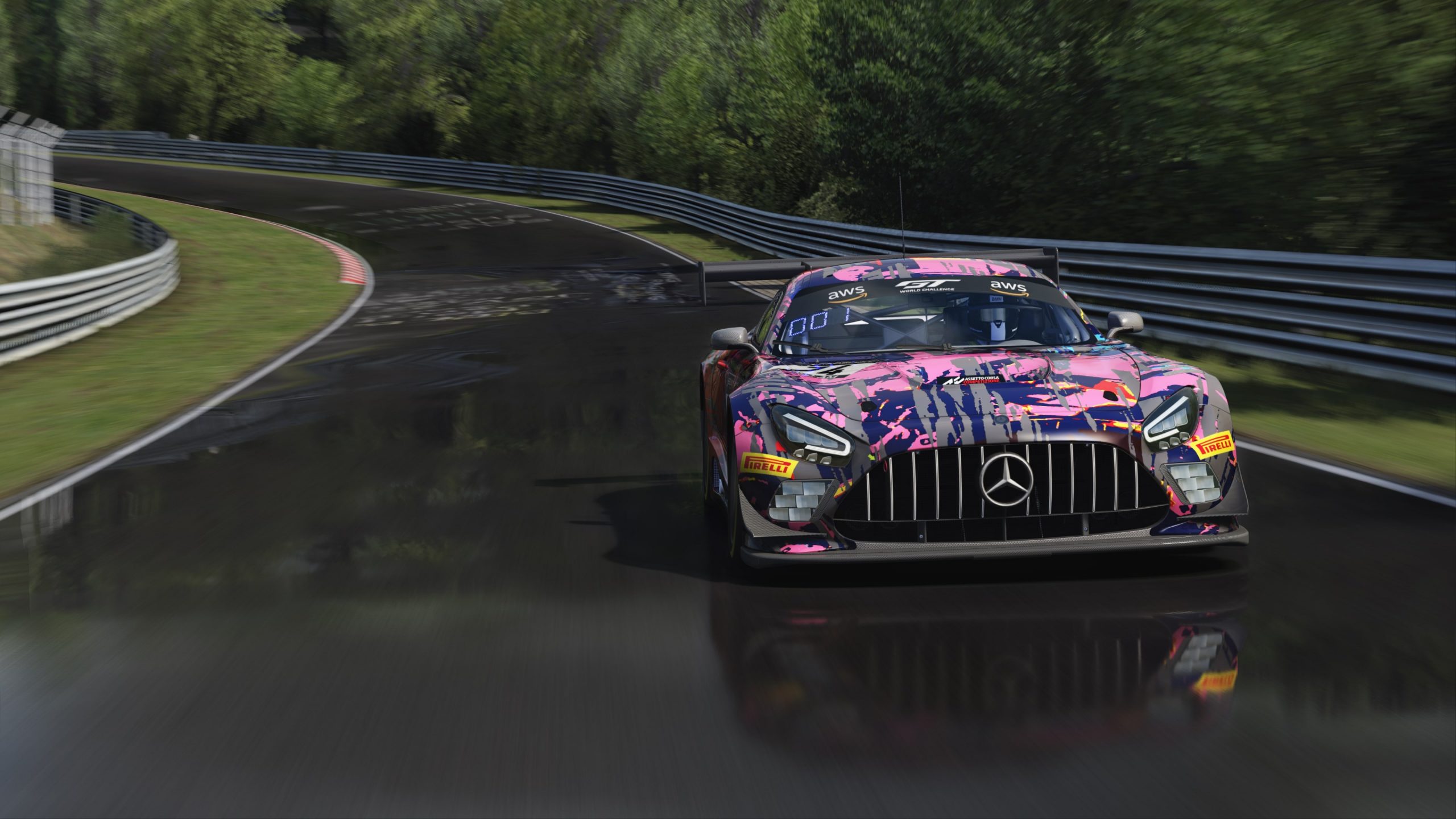
2nd Step: Setup
As mentioned before, working on the setup in Assetto Corsa Competizione is quite difficult given the incredible level of simulation offered.
There’s often confusion about parameters, so it’s common to see drivers copying setups from others.
This is a big mistake!
The setup must be made according to your driving style.
Consider the setup like a wedding suit: it must fit your body perfectly.
The same goes for the setup: it must be tailored to your driving style!
Whether you prefer an understeering or oversteering car, more speed on entry or mid-corner, stability in traction, and so on.
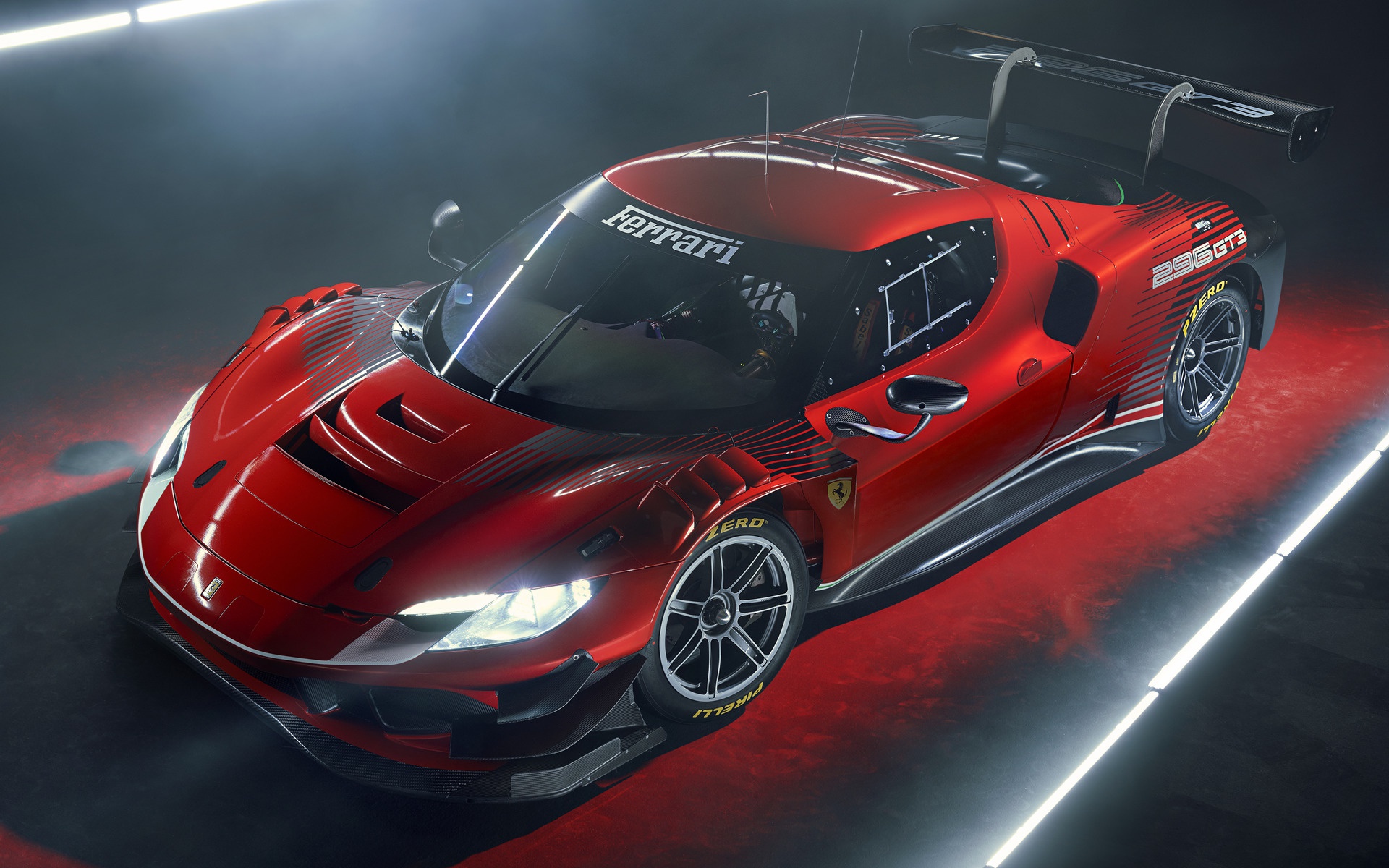
But how to work on the setup?
Our advice for working on the setup is: do numerous tests.
Go on track with a baseline setup, do 15 laps, and then go to the pits, changing one parameter at a time (a bump stop, ABS, TC).
Then repeat the process until you find the right balance.
This way, you’ll learn to recognize when the car is losing front or rear grip, reaching its limit, understeering, or oversteering excessively for your taste.
You’ll refine your sensitivity, understanding how the car changes based on your adjustments.
This is a huge advantage because recognizing the car’s behavior makes creating a setup easier.
Lastly, note every single change in a notebook: what it improved or worsened, whether to keep it or adjust it.
This will save you time and give you a comprehensive overview of the effects of changes on your car.
Remember that on ACC, each car has its characteristics: one may be more/less over/understeering than another, has more or less top speed, and so on.
Some cars, with the engine in the front rather than the mid/rear, distribute weight differently and behave accordingly.
This means a setup made for the Porsche 911 II GT3 won’t work for the Mercedes AMG GT3 Evo.
So, make a setup also considering the car you’re running.
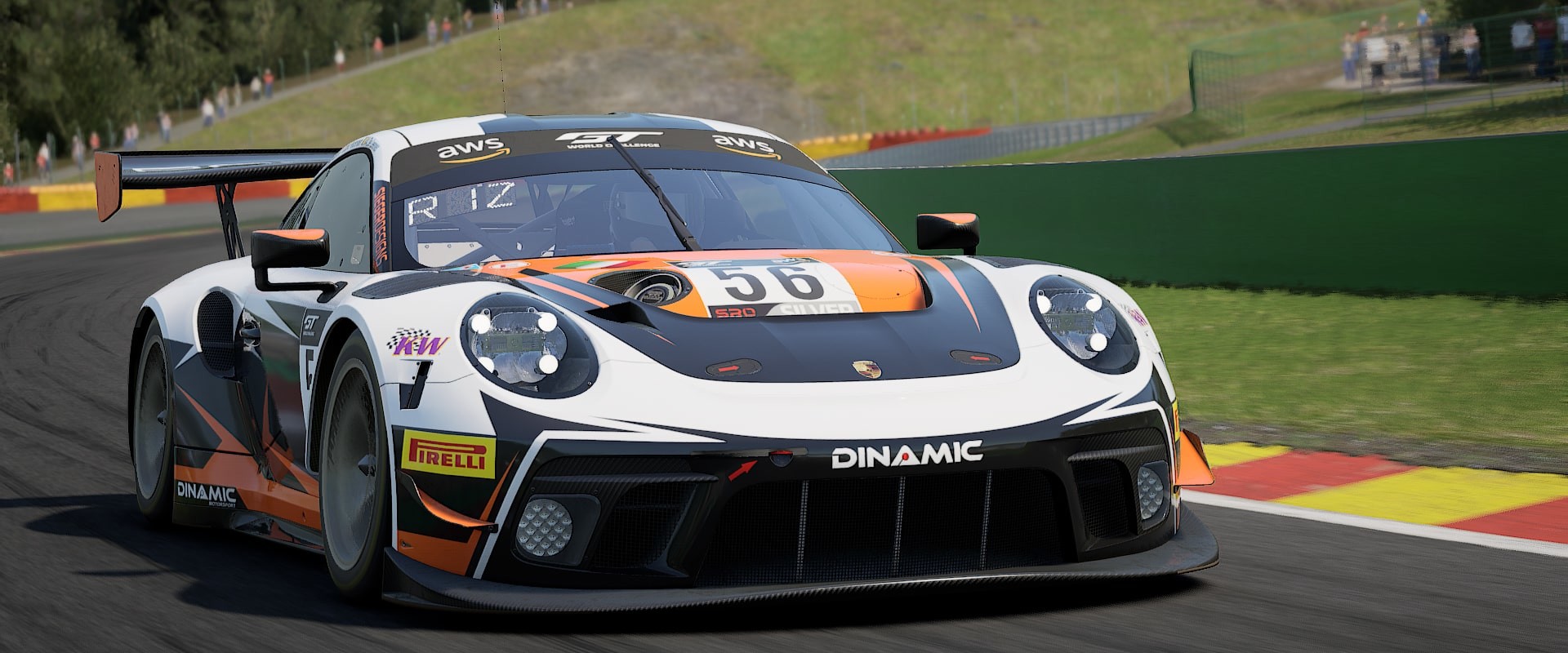
3° Step: Mentality
Let's be honest: no one likes to lose.
Despite saying "oh well, it’s just a game, it's fine", no one wants to be defeated and finish last.
We prepare for our races, try to do our best, and if we don’t get the result, trust me, it stings a lot.
That’s why it’s crucial to train and work hard if you want good placements in Assetto Corsa Competizione.
You need to develop a positive, motivated mindset aimed at doing whatever it takes to reach your goals.
Always work with maximum intensity and be better than the previous day.
Becoming a driver is a matter of talent, but also of training and sacrifice.
In F1, Nico Rosberg, for example, managed to beat Lewis Hamilton in 2016 thanks to his sacrifices.
He retired after that season, but his year demonstrates the importance of hard work and commitment to achieving your goals.
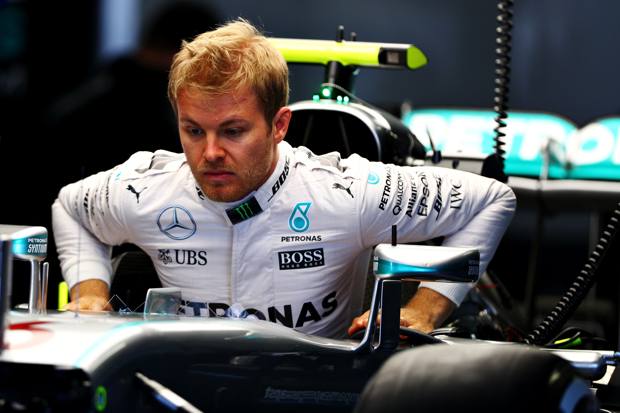
Pre-Race Anxiety: A Common Experience
Pre-race anxiety is something we all experience.
Red lights go out = anxiety. Your foot trembles, and you feel nervous.
It’s absolutely normal.
Even the drivers you see racing in F1, GT, NASCAR feel anxious but know how to manage it and turn it to their advantage.
Thanks to our personal experience and that of many drivers who rely on us, and our collaboration with Engineer Luigi Mazzola, who has won 14 World Titles with Ferrari and is a mental coach for top athletes like Novak Djokovic (world No.1 in tennis), we can give you some practical tips on managing pre-race anxiety.
- Prepare for the race, be ready for all situations that may happen on track (rain, accidents, overtaking points, etc.). The more information you have about the race, the less anxious you’ll be.
- Before the race, do some warm-up laps, then stop and do something completely different: meditate, take deep breaths, listen to music. Create an environment where you prepare mentally.
- Take your time to focus before the race: don’t get in the car at the last minute.
Clearly, you will have your routines at this moment.
What is a routine?
A routine is an automatic gesture, given by the memory we have, both psychophysical and muscular.
So, how you accelerate, brake, downshift and upshift, interpret the circuits, do the setups, your mentality.
The goal is to break down these wrong routines and replace them with new ones.
And we can help you with this: we are professionals in the field and have the skills to do it.
As mentioned earlier, we collaborate with the great Engineer Luigi Mazzola, who is our Performance Coach.
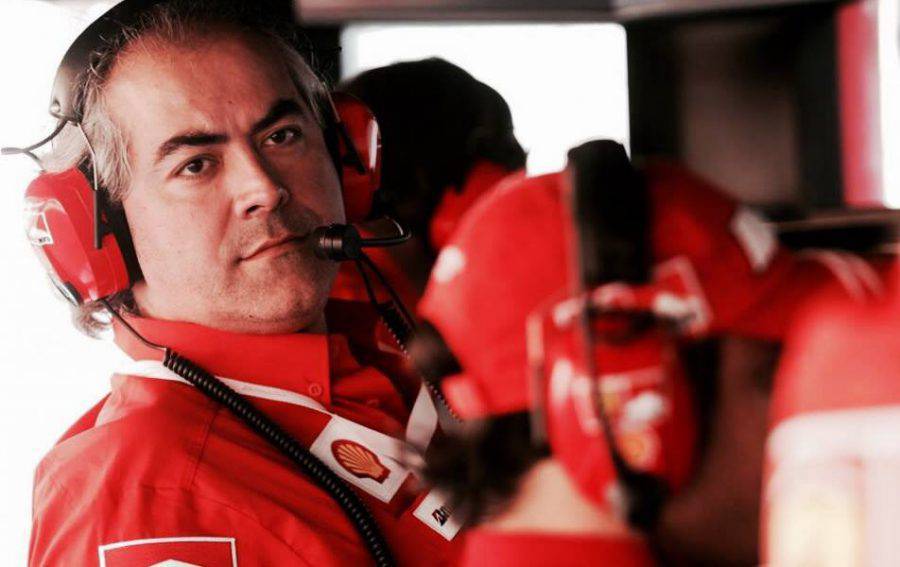
We will transform you into a fast driver, aware of your abilities, and able to squeeze every bit of performance out of your GT car.
First, we invite you to read other posts on our blog by clicking the button you'll find below:
See you soon!
